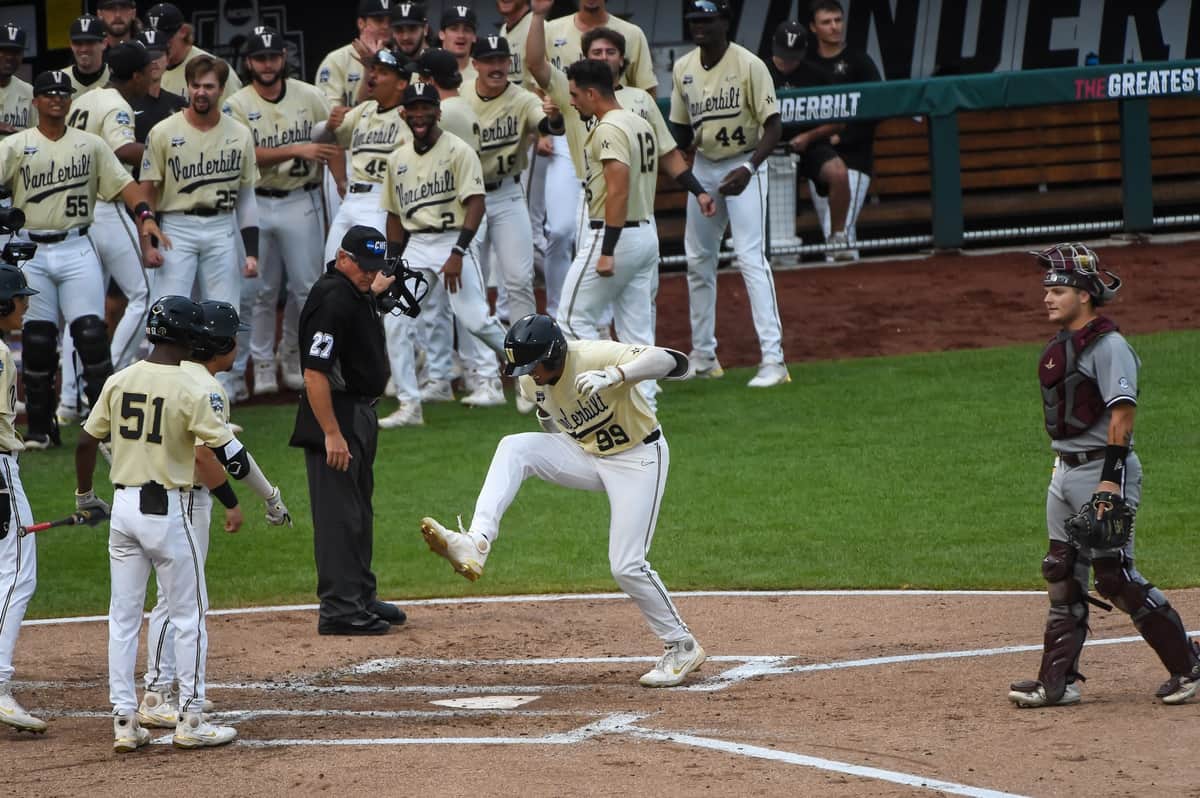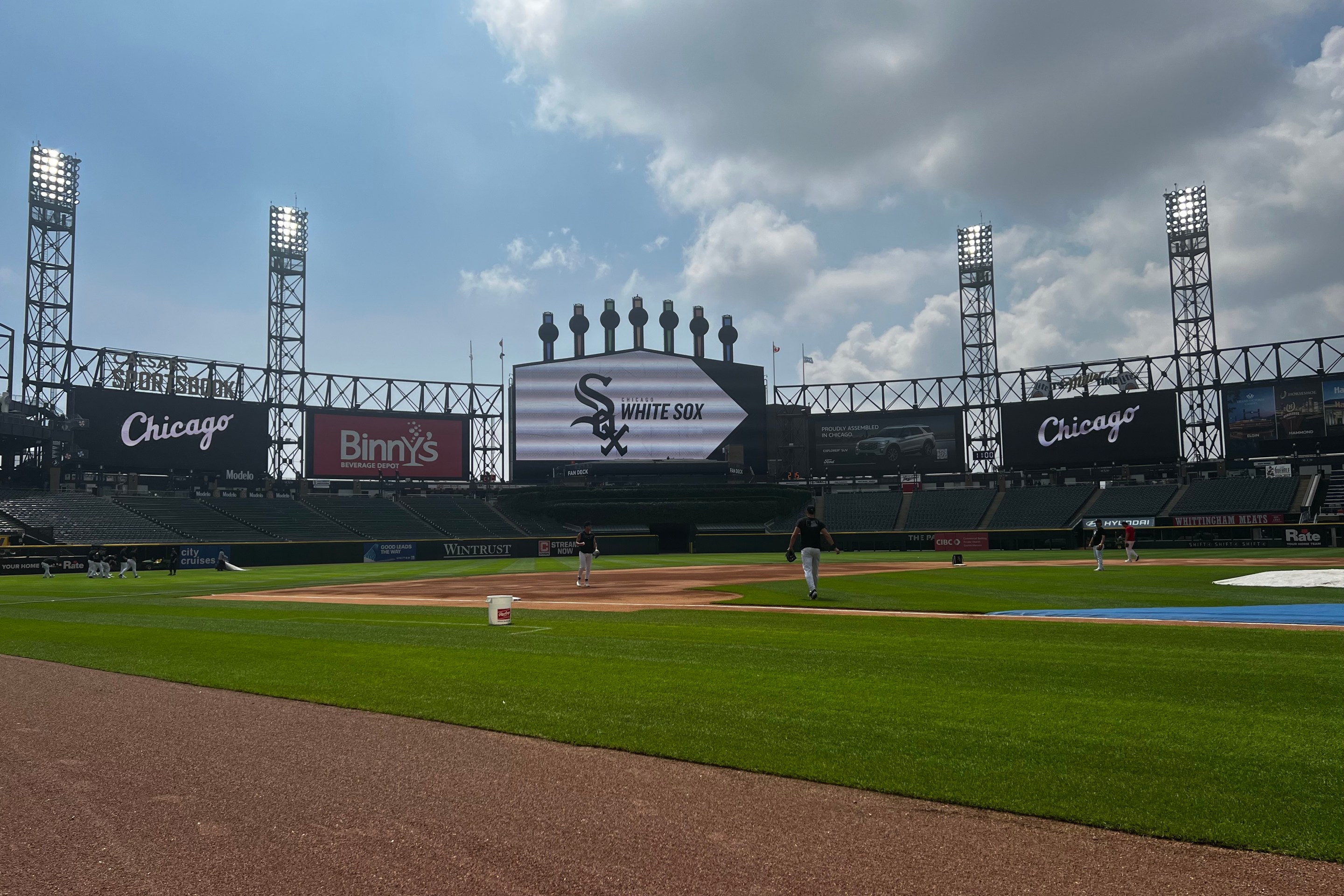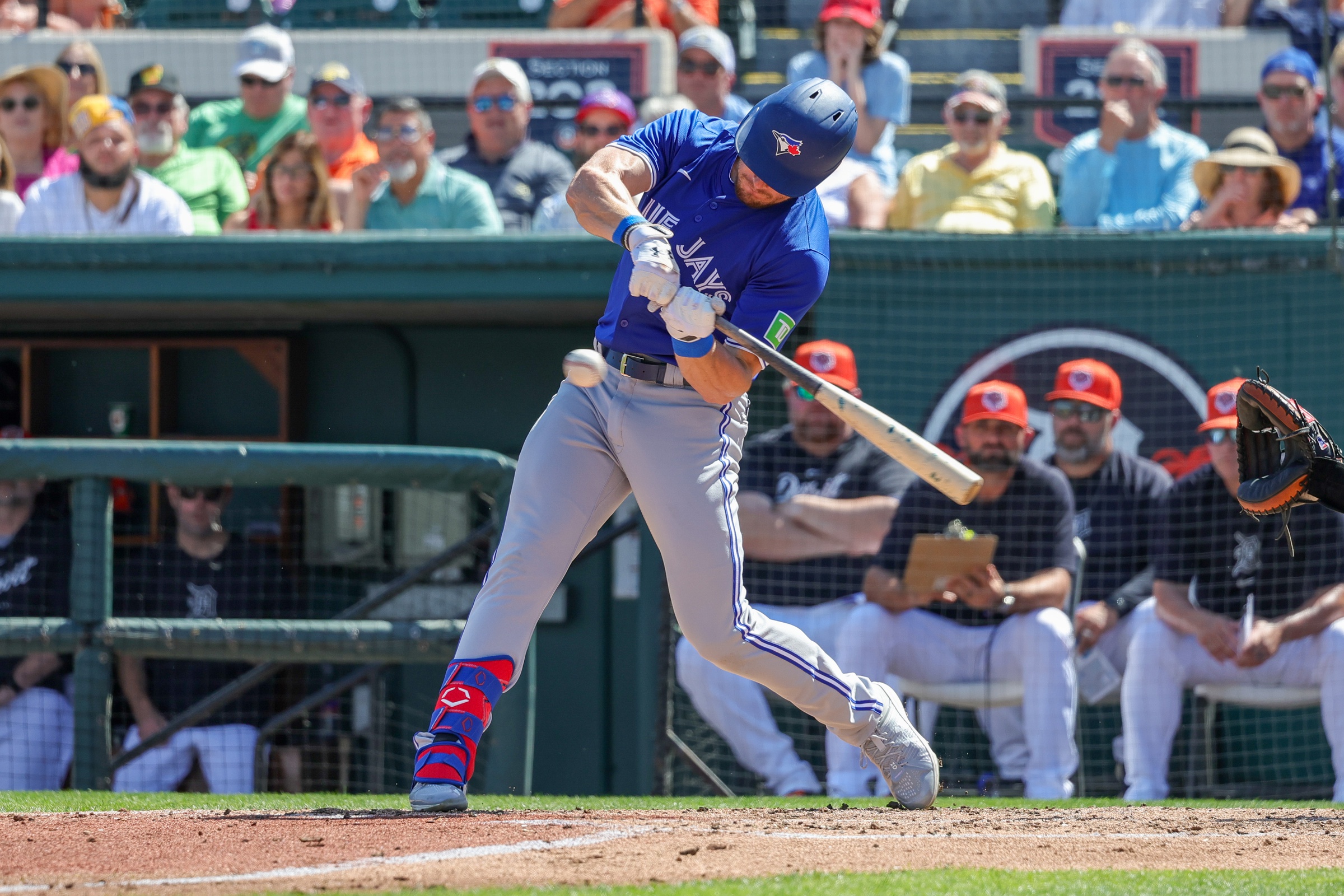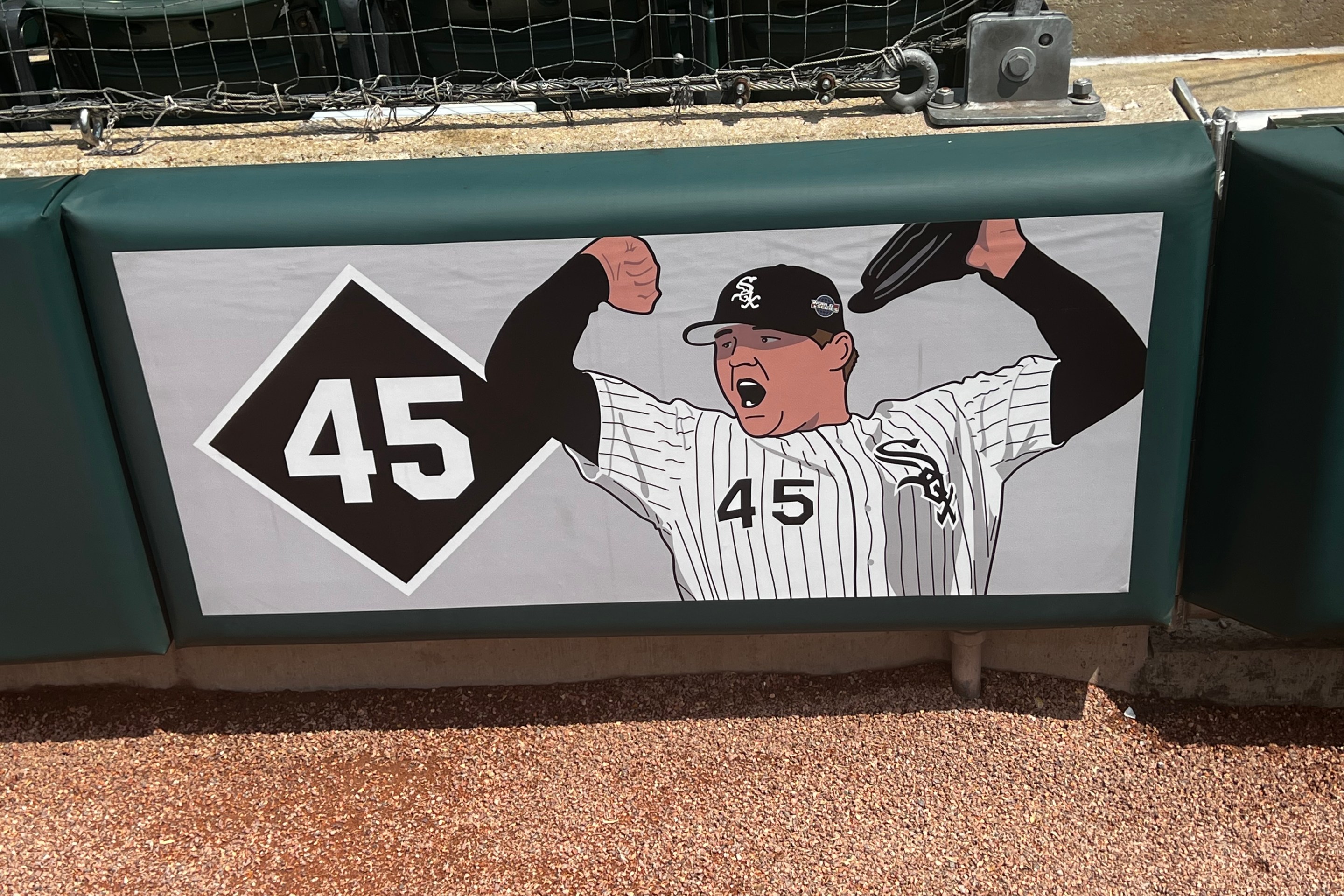Happy College Baseball Opening Day! The road to Omaha begins today for many hopeful programs, and this first weekend is starting with a bang. Intriguing weekend tournaments in Scottsdale, Arizona, and Arlington, Texas, will feature multiple Top 15 teams. NCBWA #13 ranked Oklahoma State is visiting #2 Vanderbilt while #3 ranked Mississippi State begins its title defense hosting Long Beach State.
National College Baseball Writers Association 2022 Preseason Top 25
Rk. School
1) Texas
2) Vanderbilt
3) Mississippi State
4) Arkansas
5) Standford
6) Ole Miss
7) Florida
8) LSU
9) Notre Dame
10) Arizona
11) NC State
12) East Carolina
13) Oklahoma State
14) Texas Tech
15) Florida State
16) Tennessee
17) Virginia
18) Oregon State
19) UC Irvine
20) TCU
21) UCLA
22) Georgia
23) Dallas Baptist
24) Georgia Tech
25 Nebraska
Today is one of those days I’m very grateful for technology and having multiple screens in the office. Tracking players who I think could be possible fits for the Chicago White Sox.
Games I’m Watching This Weekend:
Friday (Channel)
2:00 PM CST: Cal vs. Houston (MLB Network)
2:00 PM CST: Long Beach State vs. Mississippi State (SEC Network)
3:30 PM CST: Oklahoma State vs. Vanderbilt (SEC Network)
4:00 PM CST: James Madison vs. Florida State (ACC Network)
5:30 PM CST: Maine vs. LSU (SEC Network)
Saturday (Channel)
11:00 AM CST: Illinois State vs. Arkansas (SEC Network)
11:00 AM CST: Georgia Southern vs. Tennessee (SEC Network)
12:00 PM CST: Wright State vs. Georgia Tech (ACC Network)
12:00 PM CST: Oklahoma State vs. Vanderbilt (SEC Network)
1:00 PM CST: Long Beach State vs. Mississippi State (SEC Network)
It’s time to release the first 2022 MLB Draft Watch Board. With this initial group, it’s taking a look at prospects that range from ranked 15th to 30th in preseason rankings. There are plenty of position player possibilities early, but I’m also hoping to see if any college pitchers step up during the season.
2022 MLB Draft Watch Board: First Edition
Logan Tanner, C, Mississippi State
My 2021 MLB Draft crush was Henry Davis. I tracked him early and often came away impressed with each game. Incredible in-game exit velocities and the ability to play plus-defense behind the plate is a big reason why Davis went from a preseason late first-round pick to first overall.
In my opinion, there are at least three first-round quality college catchers in this draft class: Georgia Tech’s Kevin Parada, Arizona’s Daniel Susac, and Mississippi State’s Logan Tanner.
Any of these three becoming available for the White Sox at pick 26 would be a great get. We saw last year the defensive struggles from Zack Collins and Seby Zavala while Yasmani Grandal was nursing a knee injury. Collins, a 2016 first-round pick, is one of the game’s worst pitch framers, and the bat still hasn’t materialized. Unless there is a dramatic change for the better in his development, it’s hard to believe that Collins will be replacing Grandal any time soon as the White Sox primary catcher.
You never want to draft based on need. Especially for one of the worst farm systems in baseball. However, I’m paying close attention to the catcher class because I think it would be worthwhile for the White Sox to make another investment in the position.
What jumps out to me is Tanner’s defensive ability. Like Davis, he moves well behind home plate and has a cannon for an arm.
Tanner had a good offensive season in 2021, hitting .287/.382/.525 with 15 home runs. During the College World Series, Tanner was 8-for-24 with an HR and 5 RBI helping Mississippi State win their first national championship.
Andrew Dutkanych, RHP, Brebeuf Jesuit Prep (Indiana)
Even though the pitching class is uncertain, not knowing the health of certain college pitchers, few prep arms create intrigue. RHP Dylan Lesko is widely considered the best pitcher in this draft class, followed by fellow prep LHP Brandon Barriera. Then there is RHP Andrew Dutkanych from Indianapolis.
The 6’3 200lbs Senior out of Brebeuf Jesuit Prep pitch data jumps off the page from his showcase events in 2021. His four-seam fastball clocks in with an average of 95.6 mph (60-grade) that has a similar spin rate as Lucas Giolito did in the majors this past season. Dutkanych pairs it with a hard slider and firm changeup.
| 2021 Showcase Data | Velocity Average | Spin Rate |
| Four-Seam Fastball | 95.6 mph | 2340 |
| Slider | 85.5 mph | 2653 |
| Changeup | 82.4 mph | 2267 |
Throwing out of a ¾ arm slot, Dutkanych has increased his average fastball velocity by 3.4 mph from 2020 showcases. Watching his inning in the Perfect Game All-American Classic this past August, Dutkanych had an uneven inning giving up a 2-run homer but striking out Cam Collier, Druw Jones, and Elijah Green (he reached on base). While fastball velocity is where teams want it for first-round bonus pool money, Dutkanych needs to work on his command this prep season. Watching other outings, Dutkanych often misses arm side against left-handed hitters and spiking his sliders in front of the plate.
Dutkanych has strikeout stuff with his fastball and slider combination, but you can see where pitches add up in a hurray. In that sense, he reminds me of Dylan Cease. If Dutkanych can improve his command this spring, there’s a chance he could already be off the board by pick 26 as teams buy his future ability to become a mid-rotation starter.
Dylan Beavers, OF, Cal
In 2021, Dylan Beavers tied Stanford’s Brock Jones with 18 home runs, and those two look to battle again for the crown in 2022. Beavers has a lean frame at 6’4” 205 lbs, and his left-handed swing reminds me of Christian Yelich. He’ll play in center field for Cal this season.
Beavers generates impressive exit velocity on pitches located in the lower third of the strike zone. It seems his sweet spot where pitchers have found some success pitching up in the zone against Beavers. Something to watch early in the season as Beavers finished hitting .303/.401/.630, but his batting average and on-base percentage dropped during Pac-12 play (.278/.387/.643). While Beavers cut his strikeout rate down six percent in 2021, it was still at 21% K. I’d like to see Beavers improve his overall slash line in conference play while also cutting down on the strikeouts.
Beavers should be on the radar because of his consistent ability to barrel the ball and play in center field. It’ll be interesting to compare Beavers and Florida’s Jud Fabian if the latter can drastically improve his strikeout rate. The White Sox are always desperate for left-handed power, and Beavers can deliver some pop.
Carter Young, SS, Vanderbilt
On May 18, 2021, against Florida International, Vanderbilt shortstop Carter Young was caught stealing second base. He would leave the game with a left shoulder injury and missed two weeks. When Young returned amid Vanderbilt’s run to the College World Series, he wasn’t the same offensively. Young led the team in home runs before the shoulder injury and hit just 6-for-42 (.143 BA) with one home run post-injury.
That explains why Young’s slash line is not as impressive as his college position player counterparts (.252/.341/.559). The switch hitter found his power form in 2021 and had a good chance of cracking 20 homers if it wasn’t for the injury. We’ll see how the shoulder looks as Vanderbilt takes on Oklahoma State in the opening weekend.
Watching Young’s film, his left-handed swing is much better as he does an excellent job of getting both the hands and hips through with each hack. He does a more consistent job of betting the barrel out in front of the plate, batting left-handed, which is where most of Young’s homers come. While batting right-handed, Young is mostly to center and right field. Young does a good job of pulling his hands in on inside pitches, but the barrel is not consistently out in front like when he’s batting left-handed.
Defensively at shortstop, Young is consistent. Good footwork moving side to side and tracks balls hit over his head well. A short throwing motion is often on target with a few tosses to first base reaching on a bounce. I liken this throwing motion for those that play at second base opting for quickness out of the hand than pure velocity.
Even though the White Sox are a bit deeper with their middle-infield prospects, they are the players most likely to be dealt in a trade. If that depth is moved, Carter Young is a possibility for the White Sox to fill in that gap. Maybe a fast-rising utility-type.






